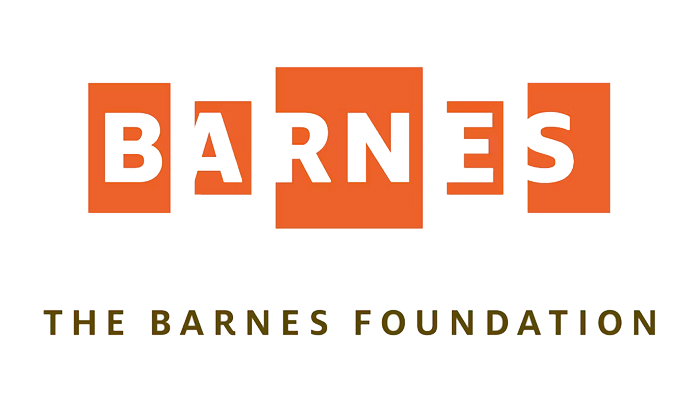While we believe that the books and resources recommended may be of value to you, keep in mind that these are suggestions only and you must do your own due diligence to determine whether the materials are appropriate and suitable for your use. PNC has no sponsorship or endorsement agreement with the authors or publishers of the materials listed.
ELEMENT OF ART

Exploring Line
Children will explore line in art.

Lesson Objective
Children will explore line as an element of art and will identify lines in everyday objects.
Art
What You'll Need
- Children's book, The Line by Paula Bossio
- String or yarn – one 12" length per child
- Pipe cleaners – 1 per child
- Chart paper
- Broad-tip marker
- Drawing paper – one 8 1/2" × 11" sheet per child
- Markers – 1 per child
What To Do
Note: This lesson should be taught as an introduction to the lesson, Lined Pottery, found on this website.
- Draw a sketch of a building or a tree on the chart paper.
- Ask children to describe what they see. Then, introduce them to the word “line.”
- Tell the children that they will be exploring line as an element of art.
- Share the story, The Line; pause throughout the book to allow children to share observations regarding the illustrations.
- Display a piece of string or yarn, and ask how it can create straight or bent lines.
- Distribute string or yarn, and invite the children to manipulate the string to create lines. Allow them to share their experiences.
- Ask if all lines are the same, and then display a pipe cleaner. Ask whether they think it can create lines.
- Distribute pipe cleaners, and invite the children to manipulate the pipe cleaners to create lines. Allow them to share their experiences.
- Tell the children that they will be “line detectives” and that they should look carefully to find lines throughout the classroom.
- Distribute drawing paper and markers.
- Have the children use lines to draw what they found.
- Allow children to share their drawings. Then, display them in the classroom.
Resources
Home School Resources
Home educators: use these printable lesson PDFs to teach this lesson to your home schoolers. They're available in English and Spanish.
Content Provided By
Common Core State Standards Initiative – These lessons are aligned with the Common Core State Standards ("CCSS"). The CCSS provide a consistent, clear understanding of the concepts and skills children are expected to learn and guide teachers to provide their students with opportunities to gain these important skills and foundational knowledge [1]. Visit the CCSS


